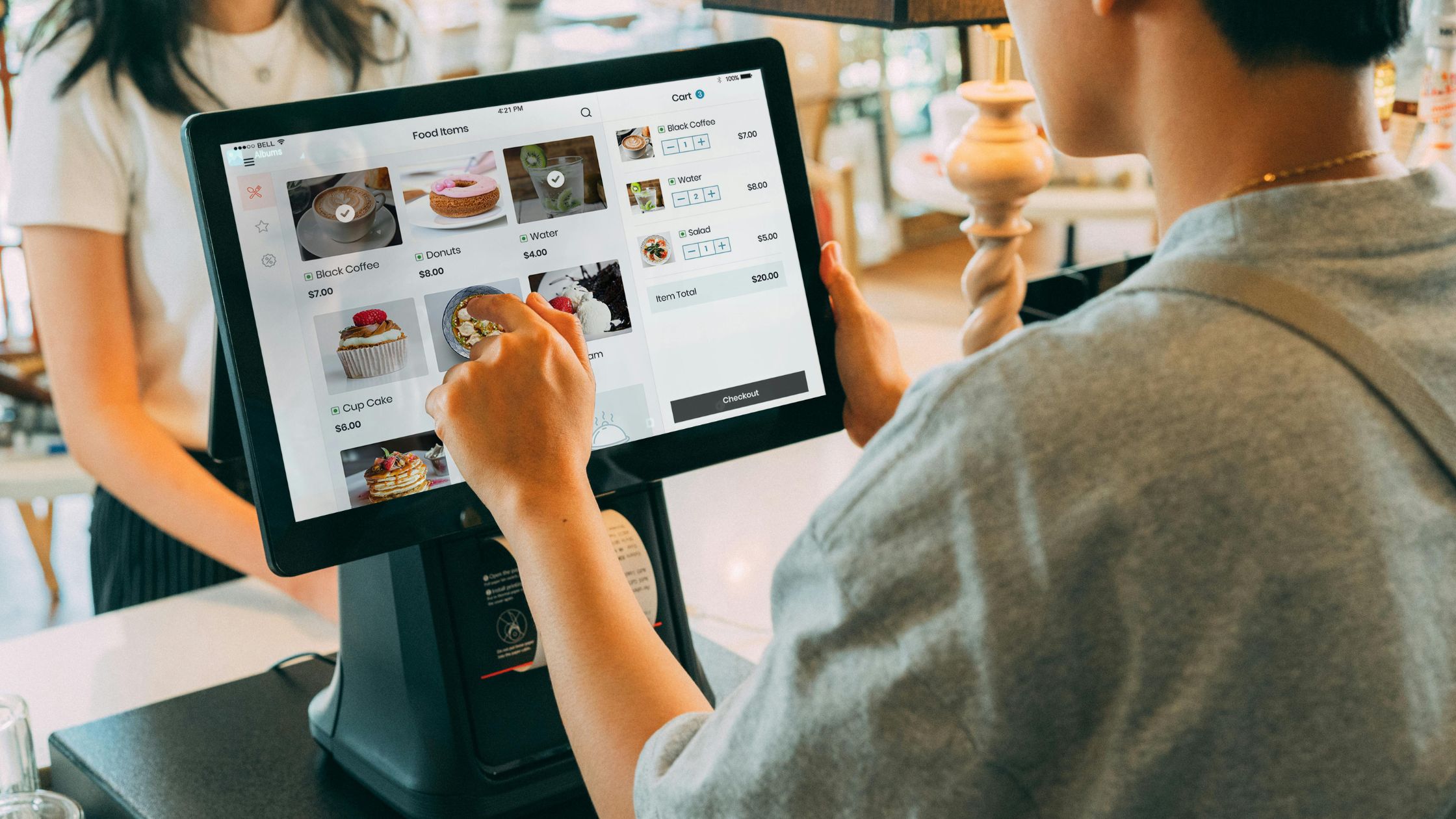Point-of-sale systems help restaurants, cafes, and small food businesses run smoothly. But many of them come with monthly fees or license costs. A pos free system gives you a better option—it lets you manage your business without spending extra money. When you use a pos free solution, you stay in control, cut down on costs, and adjust more easily as your needs change. In this article, you’ll learn about the main benefits, setup steps, and smart ways to use a pos free system in your restaurant.

1. Understanding the Meaning of Free POS
A pos free system lets you handle sales, track inventory, manage staff, and run reports—without paying for subscriptions or licenses. Unlike most systems that charge monthly fees, pos free software is usually open-source or free to download and set up. You also keep full control of your data, which gives you more freedom and flexibility. These systems can run on your own computers or servers. In many cases, they don’t even need constant internet access, so they keep working during outages. That’s why a pos free setup is great for small restaurants, food trucks, and pop-up cafes that want a dependable, low-cost option. Learn more about Affordable & Efficient Cafe POS System for Smooth Operations.
2. Key Advantages of Free POS Systems
Many businesses are switching to free pos solutions—and for good reason. Here are some key benefits:
- Save Money: You don’t have to pay for monthly plans, licenses, or costly hardware packages.
- More Flexibility: You can set up the system your way without depending on software providers for updates.
- Keep Your Data: You stay in control of customer info, sales records, and reports.
- Works Offline: You can take orders and keep running, even when the internet goes down.
- Easy to Grow: You can add more users or terminals without paying extra fees.
3. Essential Features to Look For
Just because a system is free pos doesn’t mean it lacks important features. Many free options offer the same essential tools found in paid systems. Look for a system that includes:
- Table and Order Management
Easily manage open tables, track orders, and split bills. This improves service speed and keeps customers satisfied.
- Kitchen Display or Printer Integration
Send orders to the kitchen instantly, either on a screen or a printed ticket. It reduces errors and ensures meals are prepared on time.
- Inventory Tracking
Basic stock management helps reduce waste and monitor ingredients. You’ll always know when to reorder and avoid running out.
- User Access Control
Staff only see the tools they need, based on their role. This keeps sensitive data safe and prevents mistakes.
- Sales Reporting
Get daily sales totals, busiest hours, and payment type breakdowns. These insights help you make smarter business decisions.
- Simple Customization
Adjust menus, tax rate, and receipts without trouble. It lets you quickly adapt to changes in your business.
When a system offers these basics, it’s a strong pos cost-effective solution that supports your business effectively.

4. Steps to Implement a POS Free Setup
You don’t need to be a tech expert to set up a free POS system, but having a plan makes it easier. Follow these steps to get started:
- Choose the Right System: Pick software that works with your current computer—Windows, macOS, or Linux.
- Install the Software: Use simple setup instructions or quick installers if available.
- Customize Menus and Taxes: Add your menu items, modifiers, and set local tax rates.
- Connect Printers and Displays: Ensure your receipt and kitchen printers are working properly.
- Set User Roles: Assign access levels based on staff roles like cashier, server, or manager.
- Train Your Staff: Run through the system with your team so they feel comfortable using it.
- Test Transactions: Place test orders and payments to confirm everything works smoothly.
Following these steps helps you create a reliable, efficient pos free system tailored to your business needs.
5. Best Practices for Long-Term Use
Once your pos free system is running, follow these simple tips to maintain its performance:
- Back Up Regularly: Save your data daily or weekly to avoid any loss.
- Install Updates: Apply updates when available to fix bugs and improve features.
- Manage User Access: Limit admin rights to trusted team members.
- Review Reports Often: Check sales and inventory reports to guide smart business decisions.
- Join the Community: Connect with other users to get tips, support, and plugin suggestions.
- Document Your Setup: Note down your settings so it’s easier to troubleshoot or make changes later.
These steps will help your free pos system stay reliable and efficient over time.
6. Common Challenges and How to Overcome Them
While a pos free system offers many benefits, you might face a few challenges. Here’s how to deal with them:
- Limited Support: Since many free tools don’t include customer service, try using community forums or hiring freelance help.
- Learning Curve: Some systems take time to set up. Use guides and stay patient during the process.
- Technical Customization: If you need advanced features, you may need help from someone with tech skills.
- Hardware Compatibility: Test your printers and other devices to ensure everything works smoothly.
- No Cloud Backup: Offline systems don’t automatically save data to the cloud, so be sure to make regular backups to protect your information.
With good planning and the right help, you can easily overcome these issues and enjoy the full value of your free pos system.

Conclusion
A free pos system gives restaurants and food businesses control, flexibility, and freedom—without ongoing fees. By avoiding subscriptions and using customizable tools, you cut costs while still managing orders, inventory, and reports. Though setup may take some effort, the long-term value is clear.
For a reliable and feature-rich pos free solution, explore Floreant POS—a community-driven platform designed for independent restaurants.





